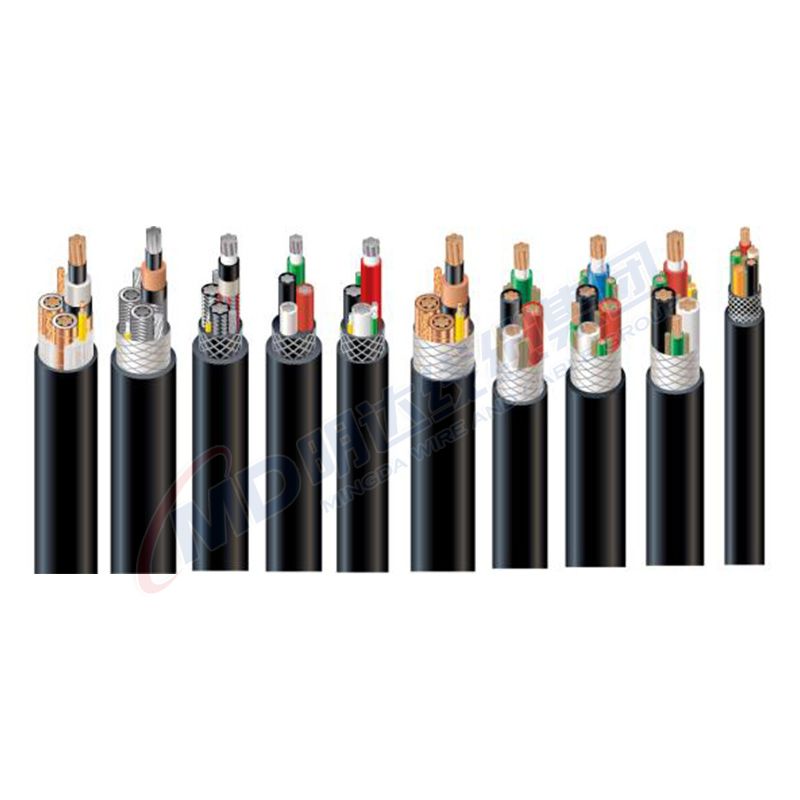Desemba . 12, 2024 11:43 Back to list
flange adaptor and dismantling joint
Understanding Flange Adaptors and Dismantling Joints
In the realm of piping systems, particularly in industrial and municipal applications, the reliability and integrity of connections are paramount. This is where flange adaptors and dismantling joints play a crucial role. They are essential components that help facilitate the assembly, disassembly, and maintenance of piping systems, ensuring optimal performance and longevity.
What are Flange Adaptors?
Flange adaptors are specialized fittings used to connect pipes of different diameters or materials while maintaining a secure and leak-free interface. Essentially, they bridge the gap between a pipe and a flange, allowing for a seamless transition. These adaptors are particularly beneficial when upgrading or retrofitting existing pipelines, where direct replacements aren’t feasible due to varying specifications.
A typical flange adaptor consists of a body that fits over the pipe, a flange at one end for bolting to other flanged connections, and seals to prevent leakage. The adaptability of these fittings is their standout feature; they come in various sizes and materials, including ductile iron, stainless steel, and PVC, to cater to a wide array of applications.
The Role of Dismantling Joints
Dismantling joints are another critical component of piping systems, specifically designed for facilitating the easy removal and maintenance of pipes and valves. These joints are equipped with a telescopic design that allows for linear movement, providing the ability to disassemble a pipeline section without the need for cutting or extensive reconfiguration.
The ability to dismantle sections of a pipeline is invaluable during repairs or modifications. Instead of shutting down an entire system, operators can isolate the affected section, safely remove it, and carry out necessary maintenance without extensive downtime. This not only saves time but also reduces costs associated with disruptions in service.
Key Features and Benefits
Both flange adaptors and dismantling joints share some common features that make them indispensable in piping installations
flange adaptor and dismantling joint

1. Ease of Installation These components are designed for straightforward installation. Flange adaptors can easily be bolted onto existing flanges, while dismantling joints require minimal adjustments to be fitted into existing pipelines.
2. Flexibility and Versatility The adaptability of flange adaptors makes them suitable for a wide range of applications, whether it's connecting different pipe materials or accommodating varying diameters. Similarly, dismantling joints can be used in various configurations, making them versatile for any pipeline system.
3. Cost-Effective Maintenance Maintenance becomes significantly more efficient with the use of dismantling joints. They eliminate the need for expensive heavy machinery and reduce labor costs by allowing quick access to pipeline segments.
4. Leak Prevention Both components are engineered to ensure sturdy sealing mechanisms. Flange adaptors often utilize rubber gaskets or O-rings, while dismantling joints are designed to maintain a reliable seal even when subjected to significant pressure changes.
5. Durability Made from robust materials, these components are built to endure the harsh conditions often found in industrial and municipal applications. From high pressure to corrosive environments, both flange adaptors and dismantling joints are designed for longevity.
Applications in Various Industries
Flange adaptors and dismantling joints find applications in various sectors, including
- Water and Wastewater These components are extensively used in municipal water supply systems, where reliable and maintenance-friendly connections are essential. - Oil and Gas In the oil and gas industry, where pipeline integrity is critical, these fittings facilitate safe and efficient operations. - Construction and Mining Portable and temporary piping solutions benefit from the flexibility that flange adaptors and dismantling joints provide.
Conclusion
In conclusion, flange adaptors and dismantling joints are pivotal in the design and maintenance of piping systems across numerous industries. Their ability to facilitate connections and enable easy disassembly without compromising system integrity makes them invaluable tools. As industries continue to evolve, the demand for efficient and reliable piping solutions will only grow, solidifying the importance of these specialized components in modern infrastructure. Understanding their functionalities can lead to better implementation and management of piping systems, ultimately ensuring safety, reliability, and efficiency in operations.
Share
-
Reliable Wafer Type Butterfly Valves for Every IndustryNewsJul.25,2025
-
Reliable Flow Control Begins with the Right Ball Check ValveNewsJul.25,2025
-
Precision Flow Control Starts with Quality ValvesNewsJul.25,2025
-
Industrial Flow Control ReliabilityNewsJul.25,2025
-
Engineered for Efficiency Gate Valves That Power Industrial PerformanceNewsJul.25,2025
-
Empowering Infrastructure Through Quality ManufacturingNewsJul.25,2025


